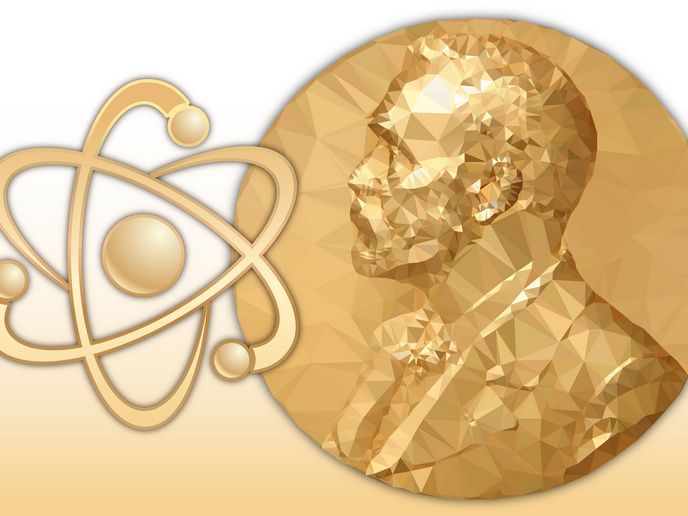High-sensitivity single-photon detectors prepared for commercialisation
Single-photon detectors are the key components behind many of the old and emerging technologies. But unlike their semiconducting counterparts, superconducting nanowire single-photon detectors are significantly better at detecting photons more efficiently, especially at low light levels. The EU-funded project SQP (Bringing to market the single quantum photon detector) has developed a single-photon detector based on superconducting technology that is one of the fastest and most sensitive light sensors on the market. The main focus was to explore opportunities to commercialise this breakthrough technology for wide-ranging applications. Expanding technology into a wider marketplace To date, people working with single photons are mostly scientists. Quantum computing applications were among the main precursors for the accelerated development of single-photon detectors. Single Quantum had introduced superconducting nanowire single-photon detectors to the scientific market five years back. “The company identified the opportunity to develop this product based on a strong market pull from physicists all over the world, resulting in a turnover from €200 000 in 2013 to €1.6 million in 2016,” says CEO of Single Quantum Sander Dorenbos. The primary objective of the feasibility study undertaken by the company was to identify and evaluate several opportunities to bring its product to a wider array of applications and users other than the scientific quantum technology field. “Working with individual light particles is of practical importance for many diverse fields. Single photons hold great promise for bio-imaging, microelectronics, and light radar systems,” says Dr Sander Dorenbos. During the feasibility study, the company gained its first clients from these different markets. In addition to offering a more detailed insight into the potential markets, the feasibility study aimed to thoroughly define system specifications, a good price range and the certifications required for the product to conquer the broader market. Potentially disruptive technology Competing technology suffers from low detection efficiency, limited time resolution and high noise level, leading to low image quality. “Single Quantum provides single-photon detectors with excellent performance on the market. Given that they are the most sensitive light sensors ever produced, they are very relevant in all applications where very low light levels are involved,” says Dr Sander Dorenbos. “Our ground-breaking technology is based on detecting single photons with superconducting nanowires, offering, other than high detection efficiency, outstanding time resolution and noise performance with no compromises. This disruptive technology operates at the fundamental physical limit regarding the minimum light intensity,” continues Dr Dorenbos. Single Quantum’s solution is a superconducting nanowire single-photon detector closed-cycle system with unparalleled detection efficiency in the near infrared spectrum. It has low timing jitter, low dark counts, robust fibre coupling and is capable of broadband photon detection. Its easy-to-use ‘plug and play’ design consumes no helium. Project partners see big possibilities for their technology, especially for applications requiring high sensitivity. The company that now employs 15 engineers will soon be ready to scale up production and optimise its business plan so that it can establish a wider commercial basis for its product. For instance, single-photon detection systems based on superconducting nanowires can increase quality and sensitivity in medical imaging techniques, help chip manufacturers check defects in their products and also provide light detection and ranging systems with rapid, high-resolution 3D mapping.







